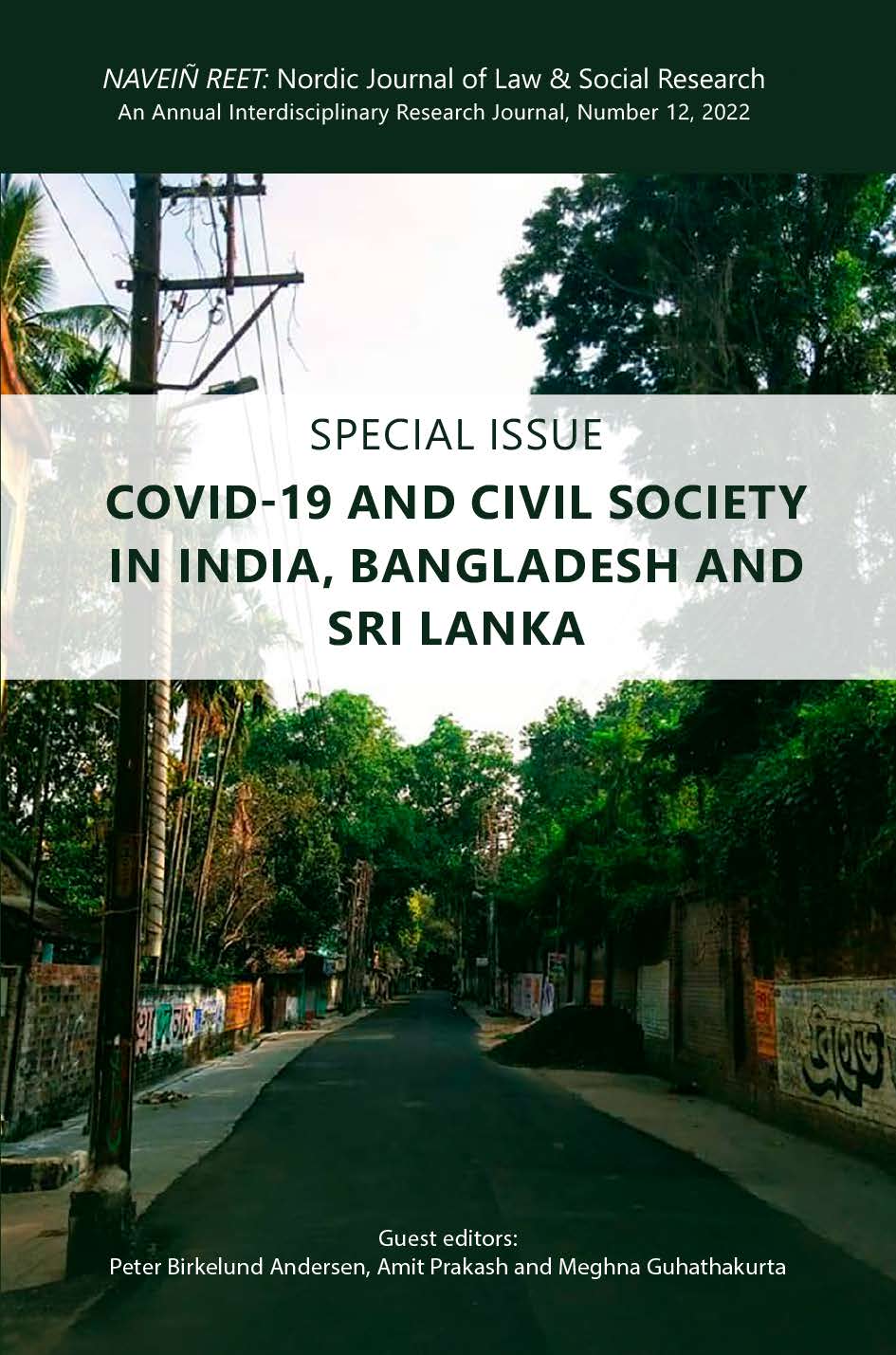From ‘Folk’ to Digital
Transformation of Bengal Paṭacitra Art in the Times of Coronavirus
Keywords:
paṭacitra, pandemic, paṭuỵā, Bengal, Nayā, KālighātAbstract
This article looks at the fortunes of traditional craftsmen, the scroll painters – citrakars or paṭuỵās – of Bengal during the novel coronavirus pandemic. It first examines how ideas regarding coronavirus were propagated and represented through paṭacitra folk art. Secondly, through an analysis of the paṭacitras of Medinipur and Kālighāt, it seeks to trace the ways paṭacitra art has been adapted and reinvented in the digital space, arguing that the pandemic is a milestone in the long history of the transformation of Bengal paṭacitras. Since the last decade of the 20th century, the market for paṭacitras has become increasingly urban and even global, and partly dependent on governmental and NGO support, art fairs and cultural centres. The pandemic opened up paṭuỵā art to cyberspace: direct contact was established between the village-based scroll painter and a worldwide virtual audience. NGOs with dedicated Facebook pages on popular art and the possibility of live performances effectively transformed a ‘rurban’ cultural practice into a ‘glocal’ phenomenon. Finally, the article explores whether this new performance-cum-marketing space will lead to any change in the income-earning capacity of traditional artists.
Downloads
Published
How to Cite
Issue
Section
License
Counting from number 12 (2022), articles published in NNJLSR are licensed under Attribution 4.0 International (CC BY 4.0). Readers are allowed to copy and redistribute the articles in any medium or format, to adapt and revise the articles, and use the articles for commercial purposes, provided that the readers give appropriate credits.
No Creative Commons licenses are applied on articles in number 1 (2009)-11 (2021). All rights reserved by the authors. Readers are allowed to download, read, and link to the articles published in volume 1 (2009)-11 (2021), but they may not republish or redistribute these articles without permission of the authors.

